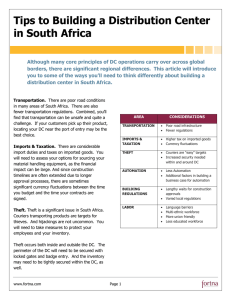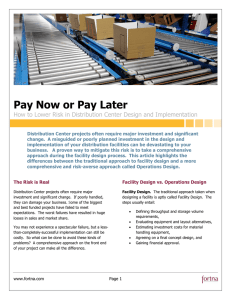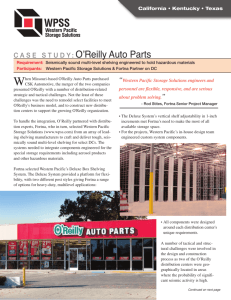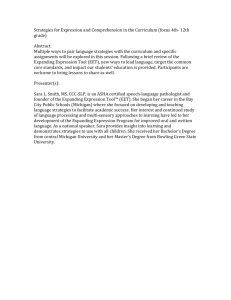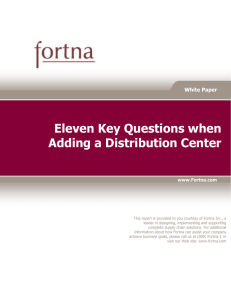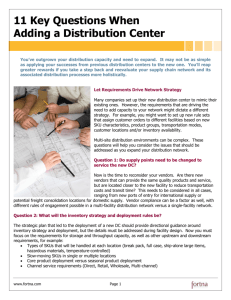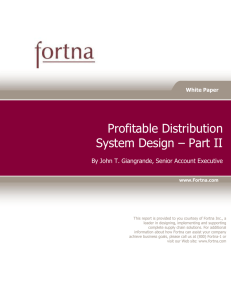Two + Two = Three?
advertisement
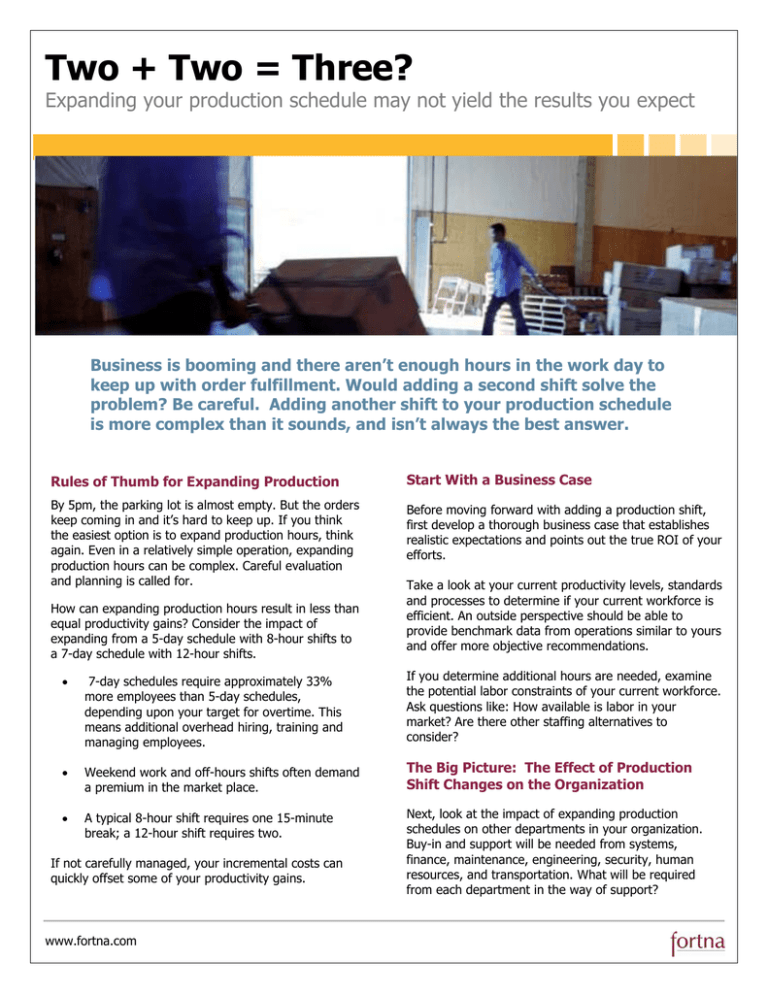
Two + Two = Three? Expanding your production schedule may not yield the results you expect Business is booming and there aren’t enough hours in the work day to keep up with order fulfillment. Would adding a second shift solve the problem? Be careful. Adding another shift to your production schedule is more complex than it sounds, and isn’t always the best answer. Rules of Thumb for Expanding Production Start With a Business Case By 5pm, the parking lot is almost empty. But the orders keep coming in and it’s hard to keep up. If you think the easiest option is to expand production hours, think again. Even in a relatively simple operation, expanding production hours can be complex. Careful evaluation and planning is called for. Before moving forward with adding a production shift, first develop a thorough business case that establishes realistic expectations and points out the true ROI of your efforts. How can expanding production hours result in less than equal productivity gains? Consider the impact of expanding from a 5-day schedule with 8-hour shifts to a 7-day schedule with 12-hour shifts. Take a look at your current productivity levels, standards and processes to determine if your current workforce is efficient. An outside perspective should be able to provide benchmark data from operations similar to yours and offer more objective recommendations. • 7-day schedules require approximately 33% more employees than 5-day schedules, depending upon your target for overtime. This means additional overhead hiring, training and managing employees. If you determine additional hours are needed, examine the potential labor constraints of your current workforce. Ask questions like: How available is labor in your market? Are there other staffing alternatives to consider? • Weekend work and off-hours shifts often demand a premium in the market place. The Big Picture: The Effect of Production Shift Changes on the Organization • A typical 8-hour shift requires one 15-minute break; a 12-hour shift requires two. Next, look at the impact of expanding production schedules on other departments in your organization. Buy-in and support will be needed from systems, finance, maintenance, engineering, security, human resources, and transportation. What will be required from each department in the way of support? If not carefully managed, your incremental costs can quickly offset some of your productivity gains. www.fortna.com Expanding Your Production Schedule May Not Yield Results DEPARTMENT SAMPLE QUESTIONS INFORMATION TECHNOLOGY Will your WMS be available during your planned hours of future service? MAINTENANCE & ENGINEERING Will expanded shifts impact equipment maintenance time? Are any projects planned that would limit the amount of time available in the facility, such as equipment replacements or large scale maintenance efforts? HUMAN RESOURCES Will human resources be able to hire, train and service any new resources and requirements? TRANSPORTATION Will carriers be available or required off hours to pick up or drop off our freight? SAFETY Have you considered how extended hours may require additional training and inspections? OTHER – (Food Service, Parking, Security) Is your parking lot big enough to accommodate a shift overlap? With so many factors to consider, a strong project leader with well-rounded operational experience can help you identify and avoid common pitfalls and keep you on the right path. Summary Expanding your production schedule requires careful analysis of your organizational needs and constraints and buy-in from all departments in order to accommodate these new business requirements. And there may be a better alternative, like reengineering your operations or planned overtime. You need to ask the right questions to determine whether an expansion of service is a good option and to determine what ROI you can expect. Evaluate your options carefully before moving forward. www.fortna.com CASE STUDY A large retailer was struggling to fulfill orders with their existing two 5-day, 8-hour shifts. They knew they had to expand their production schedule and evaluated going to a near 24/7 schedule. The new schedule should have provided 152 hours of production. But a thorough evaluation showed that much of that would be lost due to: • • • extensive down-time due to aging material handling equipment, scheduled maintenance windows for their WMS system, and transition time between near overlapping shifts In fact, only 118 hours of actual production would result. A better alternative was identified – adding a part-time weekend shift. This allowed them to keep their existing maintenance windows and did not impact their current employees. And it maximized the available hours. About Fortna Fortna is a professional services firm helping companies with complex distribution operations meet customer promises and competitive challenges profitably. We develop a solid business case for change and hold ourselves accountable to those results. Our expertise spans supply chain strategy, distribution center operations, material handling, supply chain systems and organizational excellence. How Can We Help? Fortna helps companies solve complex distribution challenges. To learn more, ask to speak with a strategy expert. Call: Email: Web: 800-367-8621 info@fortna.com www.fortna.com Don’t miss these other articles on our Web site: > 9 Key Principles to Successful Organizational Strategy > The Case for SKU Management: The Implications of SKU Proliferation

